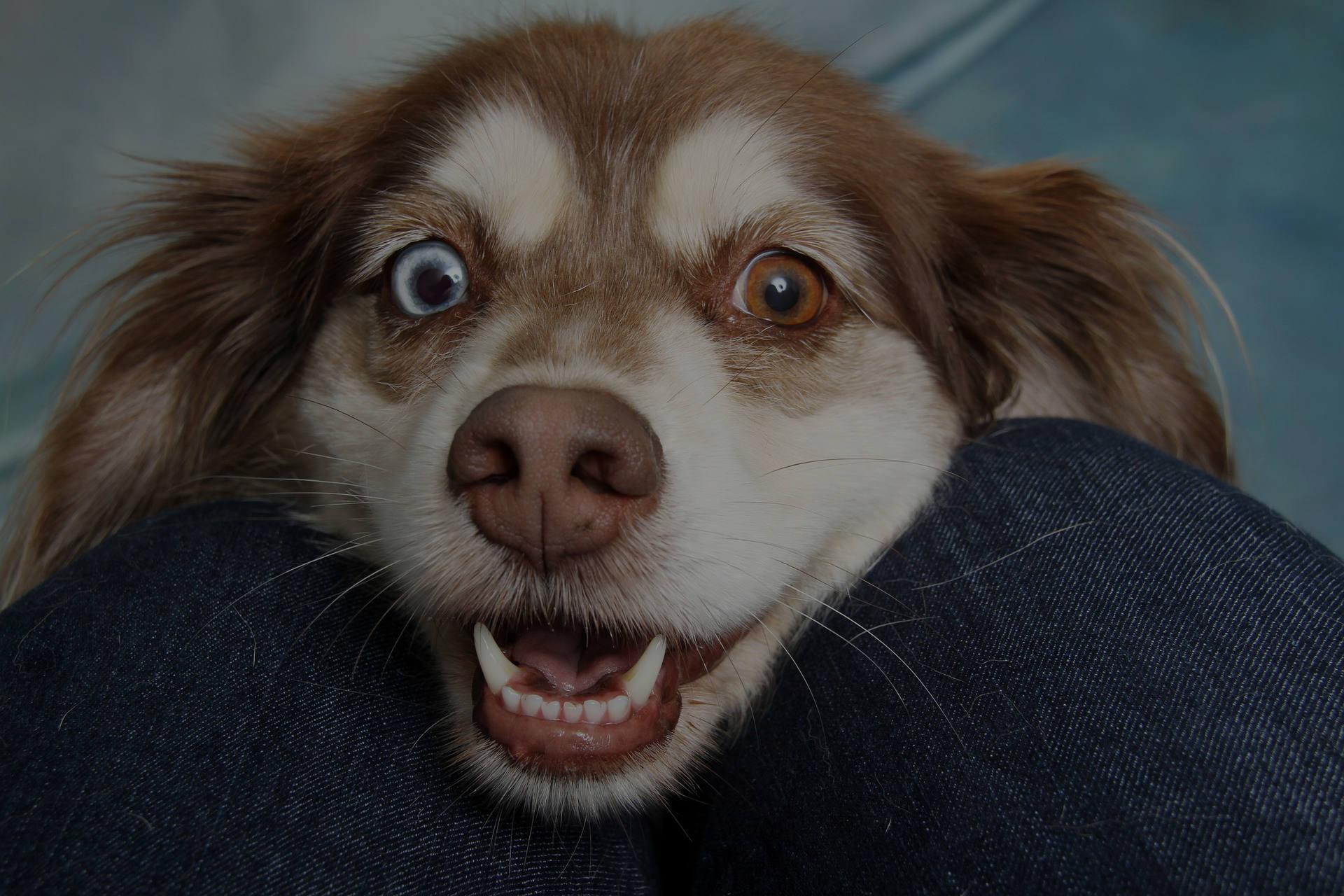Throughout my career, I’ve encountered cases of separation anxiety in dogs of all backgrounds – young, old, those with a single family history, and those who’ve experienced multiple homes. Separation anxiety can manifest in various distressing ways, presenting significant challenges for both your family and your furry companion.
Here are some prominent and troubling symptoms often associated with separation anxiety:
- Destruction of household items
- Self-inflicted harm
- Inappropriate urination or defecation
- Restless pacing
- Excessive barking, howling, or whining
- Excessive drooling and panting
While there is a genetic component to most cases of separation anxiety in dogs, inevitable common mistakes can exacerbate the condition. Let’s explore some of the factors that may contribute to your dog’s separation anxiety:
- Insufficient training for alone time: Ensuring that a puppy gradually, systematically, and positively becomes comfortable with solitude is crucial in preventing separation anxiety. This process, known as conditioning, eases the transition from the company of a mother and siblings to a new human family with different rules. Abruptly subjecting puppies to long periods of isolation can cause undue stress.
- Prolonged periods of isolation: Modern lifestyles often necessitate long hours away from home due to work, evening activities, and errands. For social animals like dogs, being left alone for extended periods, often 10-12 hours a day, can contribute to separation anxiety.
- Re-homing experiences: Dogs shuffled between various homes may develop anxiety when left alone. Additionally, separation anxiety might be a reason some dogs are relinquished by their owners. Adopted dogs may also be prone to separation anxiety due to their history.
- Sudden disruptions in routine: Major life changes such as new relationships, babies, jobs, or residences can disrupt a dog’s daily walk, sleep, eat, and play routine, potentially triggering or exacerbating separation anxiety.
- Transition from a shelter to a home: Due to the stark differences, dogs shifting from a shelter environment to a domestic setting may experience anxiety. The uncertainty and sometimes traumatic past experiences in shelters can contribute to separation anxiety.
- Loss of a family member: Events like a family member going off to college, divorce, or a family member’s passing can induce separation anxiety symptoms or worsen existing ones. Multiple factors come into play, including changes in routine, emotional upheaval, and the absence of a once-close individual.
- Early separation from the litter: Some evidence suggests that puppies separated from their littermates before 60 days of age may be predisposed to developing separation anxiety.
- Genetic predisposition: Research indicates that genetics can significantly affect a dog’s likelihood of developing separation anxiety. While preventative measures can be beneficial, they may not guarantee that a dog will happily tolerate being left alone.
In conclusion, understanding the potential causes and risk factors associated with separation anxiety can help dog owners take proactive steps to prevent or mitigate this distressing condition in their canine companions.


Leave A Comment